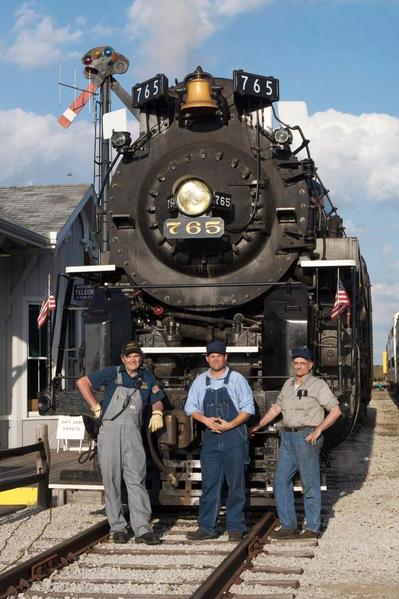I use a TPC 300 on my layout which normally works fine for both command and conventional use. However, when I run my post-war #41 Army Switcher, (in conventional mode, of course), the power to the track periodically shuts down, bringing the train to a stop. If I rotate the red dial on my Cab 1, the power comes back up and the train begins to move again. This will happen about every 30 seconds. Often, it's just as the unit crosses over a switch, but not always. When it does happen, power goes to zero instantly and the green light on the TPC 300 goes off. A simple rotation of the red dial restores the power to the track ... no need to press "TR number" and "Boost" on the Cab 1.
I run many other conventional engines on this track with no problem ... this only happens with the #41 Army Switcher. Any ideas about why this would occur? Thanks.






